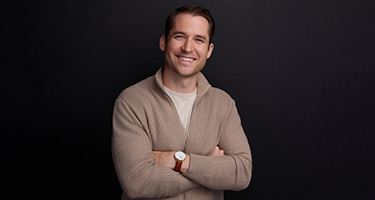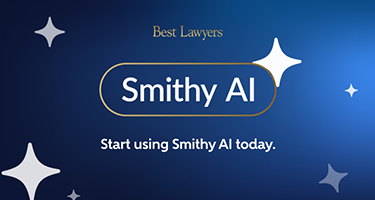On Jan. 13, the U.S. Supreme Court issued rulings that impact two important aspects of the Biden Administration’s efforts to combat the COVID-19 pandemic.
OSHA ETS for Employers with 100 or More Employees:
Employers with 100 or more employees have been in limbo, trying to determine if they will be required to track vaccination and/or weekly testing for their employees since the Occupational Safety and Health Administration (OSHA) issued its Emergency Temporary Standard (ETS) on Nov. 5, 2021. Not long after the ETS was issued, the Fifth Circuit Court of Appeals affirmed a stay on the implementation or enforcement of the ETS. In December, though, the legal challenges were consolidated and sent to the Sixth Circuit for consideration. The Sixth Circuit lifted the stay and OSHA quickly set new enforcement deadlines of Jan. 10, 2022, for all aspects of the rule, except weekly testing, which was set for enforcement Feb. 9, 2022.
The Supreme Court agreed that a court would likely find that OSHA lacked authority to impose this mandate. The Supreme Court called the requirement that 84 million Americans get a COVID-19 vaccine or undergo weekly medical testing at their own expense “a significant encroachment into the lives—and health—of a vast number of employees.” The Court explained that the Occupational Safety and Health Act only authorizes OSHA “to set workplace safety standards, not broad public health measures.”
So where does this leave employers with more than 100 employees? Without getting into a full lesson on injunctions, legal procedures and appeals, the short answer is this: There is currently no enforceable federal OSHA ETS requiring employers with 100 or more employees to ensure their employees are vaccinated or testing weekly. Given the Supreme Court’s strongly worded opinion, that is unlikely to change. However, because the Supreme Court was only considering whether or not immediate relief was needed (based on whether or not a challenge to the rule was likely to succeed), the legal battle is not completely closed by this ruling. For now, though, large employers can hit pause on the expense and effort of monitoring weekly vaccination of their unvaccinated employees.
HHS Rule for Medicare and Medicaid Facilities:
On Nov. 5, 2021, the Secretary of Health and Human Services (HHS) issued an interim final rule amending the conditions of participation in Medicare and Medicaid to require that certain types of facilities ensure their staff is vaccinated against COVID-19, with medical and religious exemptions. Two groups of states challenged the rule, and two U.S. District Courts entered preliminary injunctions against its enforcement. Today, the Supreme Court granted the Government’s request for a stay of those injunctions.
The Supreme Court explained that the Secretary of HHS has general statutory authority to promulgate regulations “as may be necessary to the efficient administration of the functions with which [he] is charged.” One such function is to ensure that healthcare providers who care for Medicare and Medicaid patients protect those patients’ health and safety, and Congress has authorized the Secretary to impose conditions on the receipt of Medicare and Medicaid funds as necessary to achieve that goal. To this end, healthcare facilities have long been required to comply with various conditions for eligibility, including conditions relating to infection prevention and conditions related to qualifications of healthcare workers.
The Supreme Court held that HHS’s determination that a COVID-19 vaccine mandate would substantially reduce the likelihood that healthcare workers would contract the virus and transmit it to their patients “fits neatly” within HHS’s statutory authority because “ensuring that providers take steps to avoid transmitting a dangerous virus to their patients is consistent with the fundamental principle of the medical profession: first, do no harm.”
The Court acknowledged HHS’s many justifications for the vaccine mandate, including that many healthcare facility staff remain unvaccinated, data showing that COVID-19 can spread rapidly from healthcare workers to patients, and the fact that Medicare and Medicaid patients are often elderly, disabled, or otherwise in poor health and therefore particularly vulnerable to COVID-19. The Court noted that vaccination requirements are a “common feature of the provision of healthcare in America,” and that healthcare workers are ordinarily required to be vaccinated for a wide range of diseases including hepatitis B, influenza, measles, mumps, and rubella.
Today’s ruling means that the specified Medicaid and Medicare facilities nationwide must require covered staff to be vaccinated against COVID-19. Impacted providers include hospitals, nursing homes, ambulatory surgical centers, hospices and rehabilitation centers, among others.
This Alert provides an update on a legal development. It is not intended as legal advice. For assistance evaluating how these rulings impact your workplace, please reach out to a member of the Brooks Pierce Labor & Employment or Health Care teams.

















